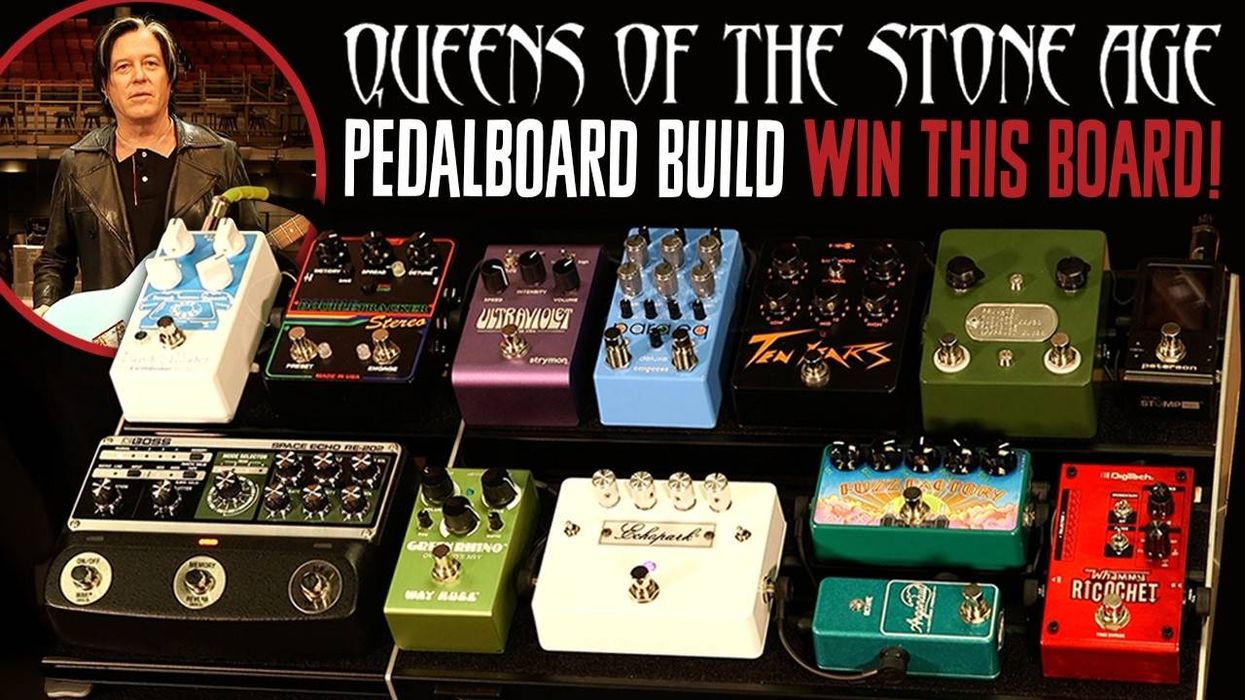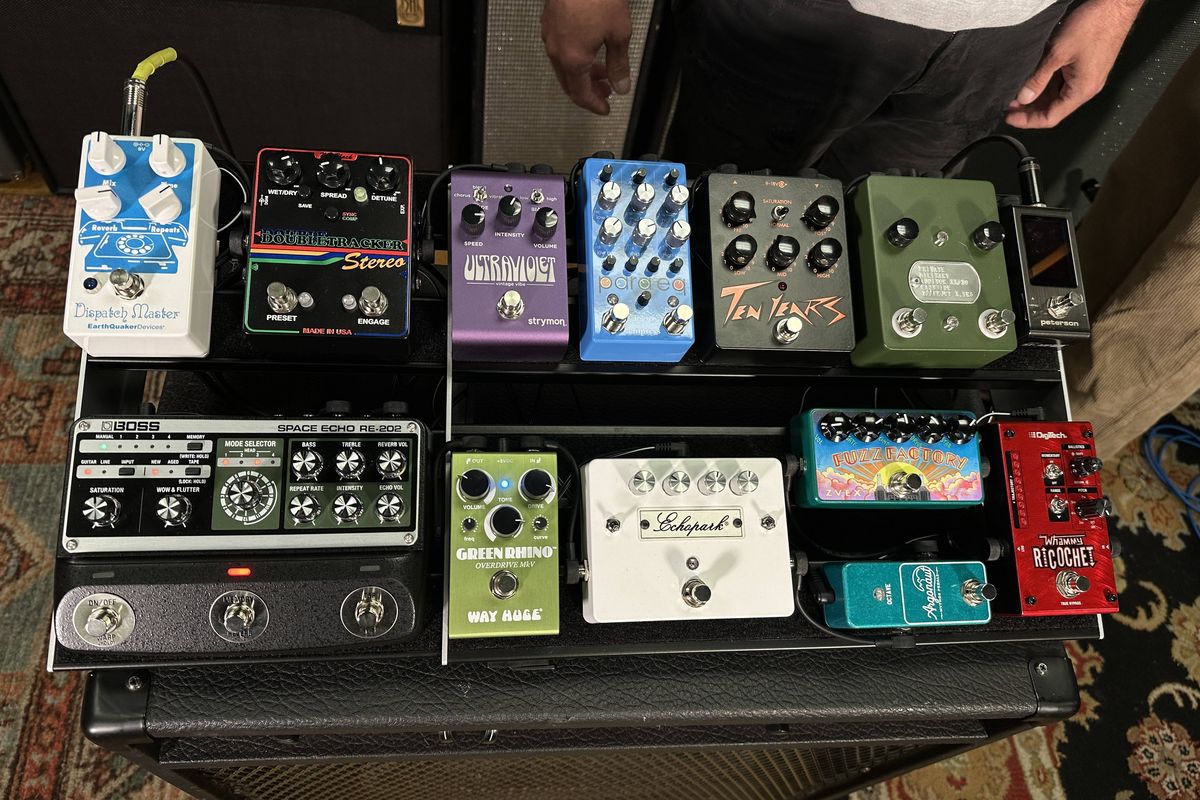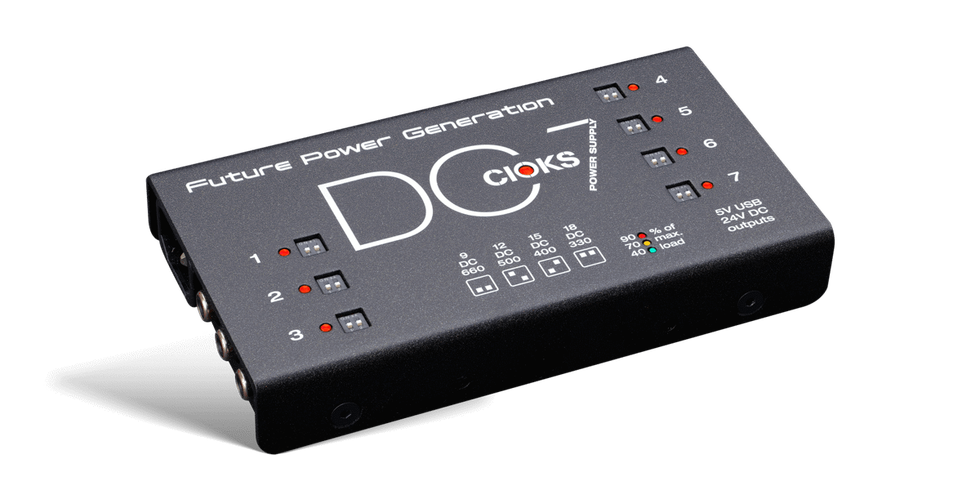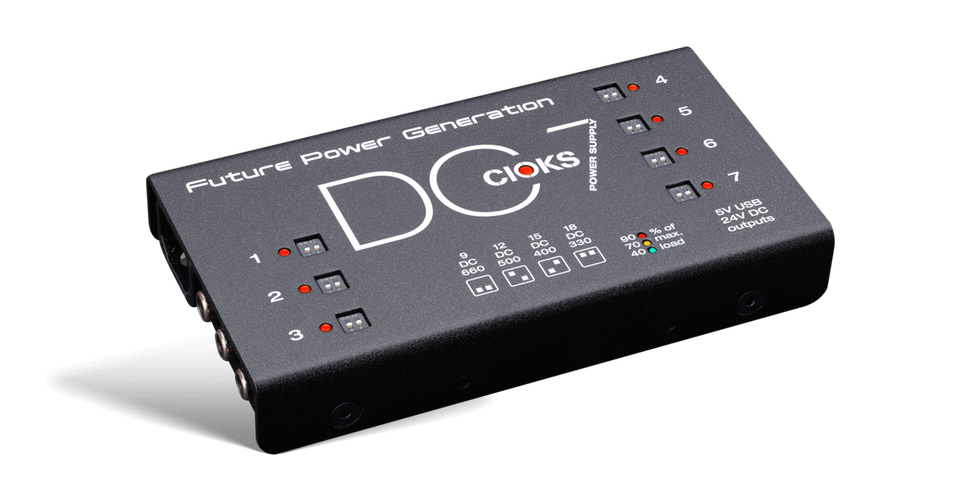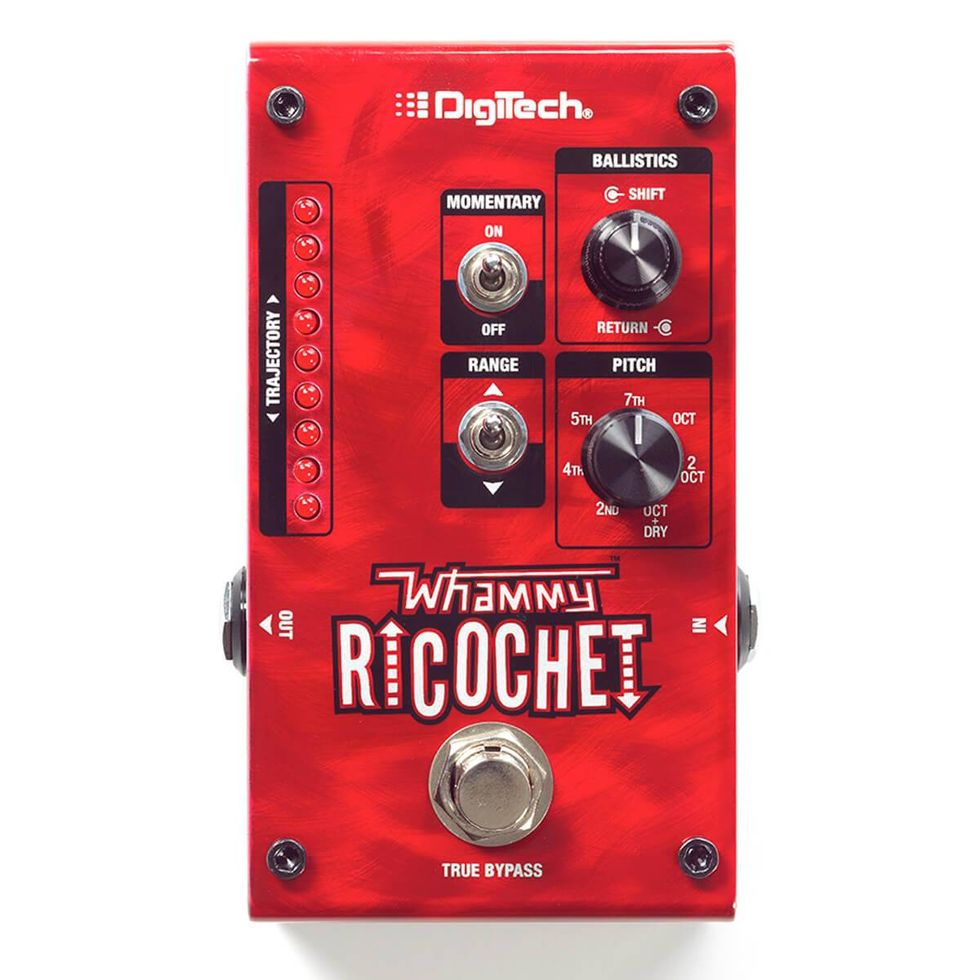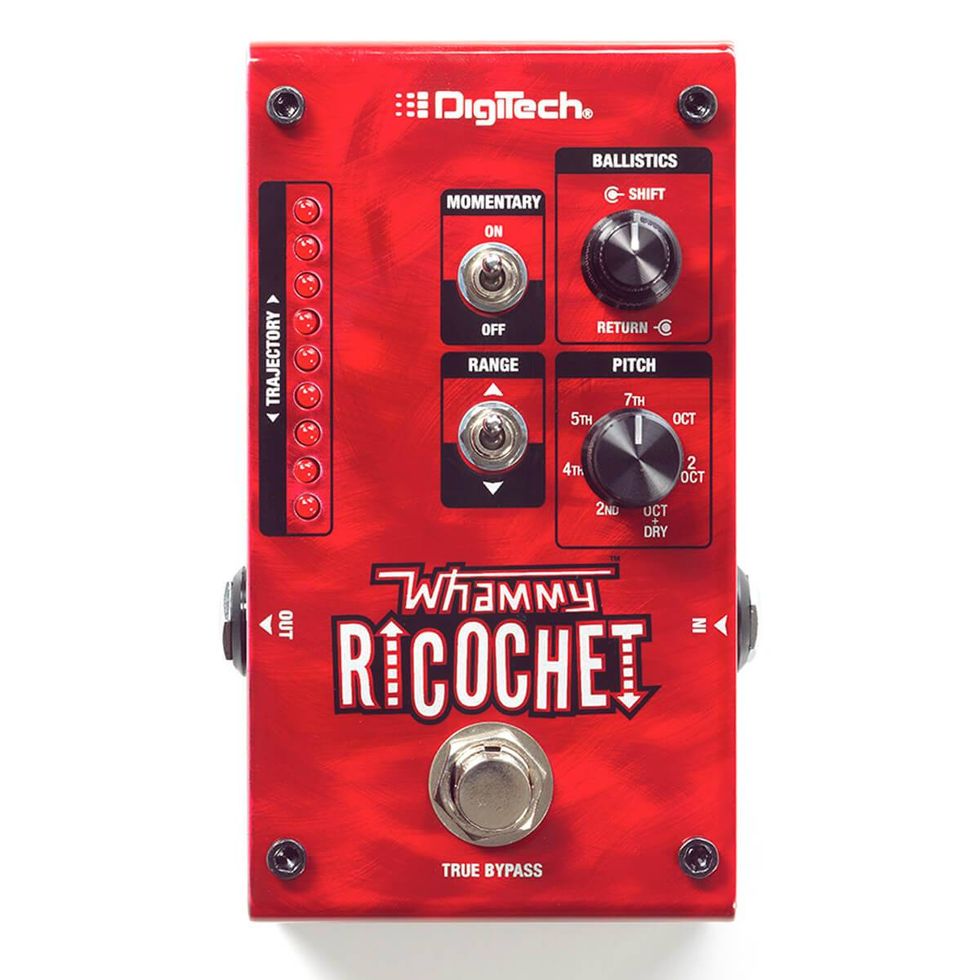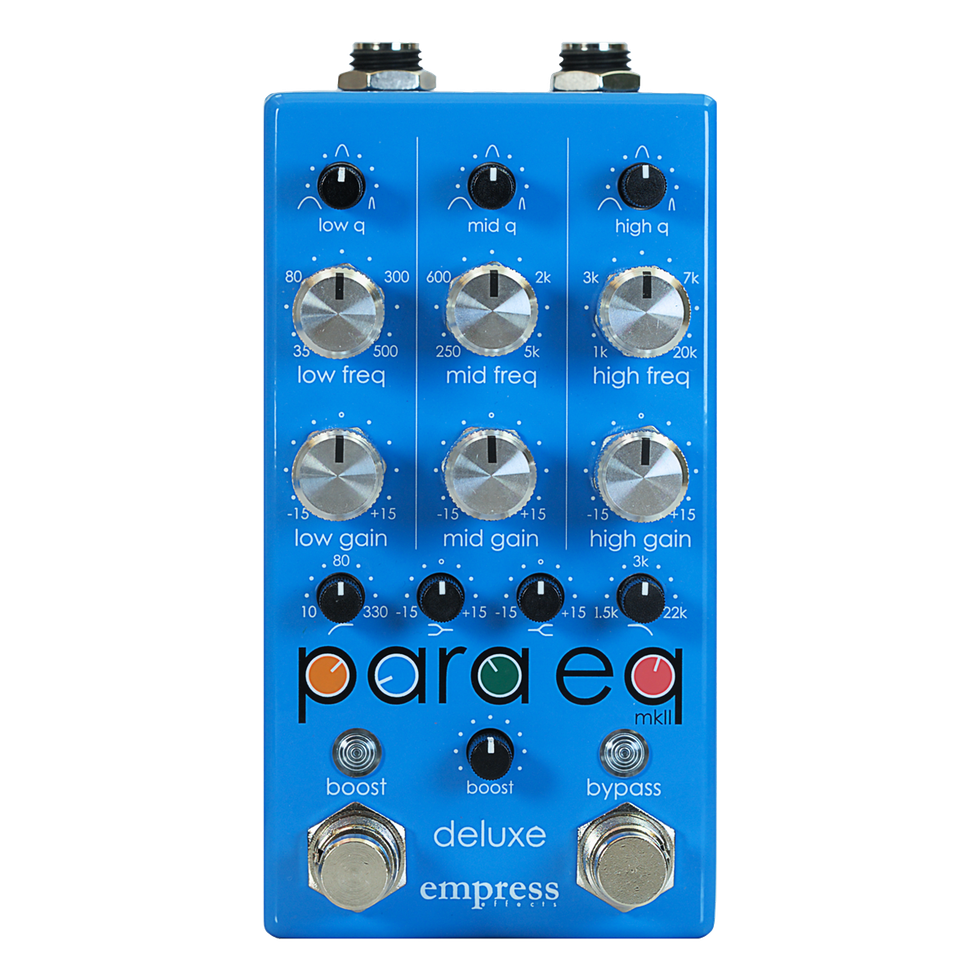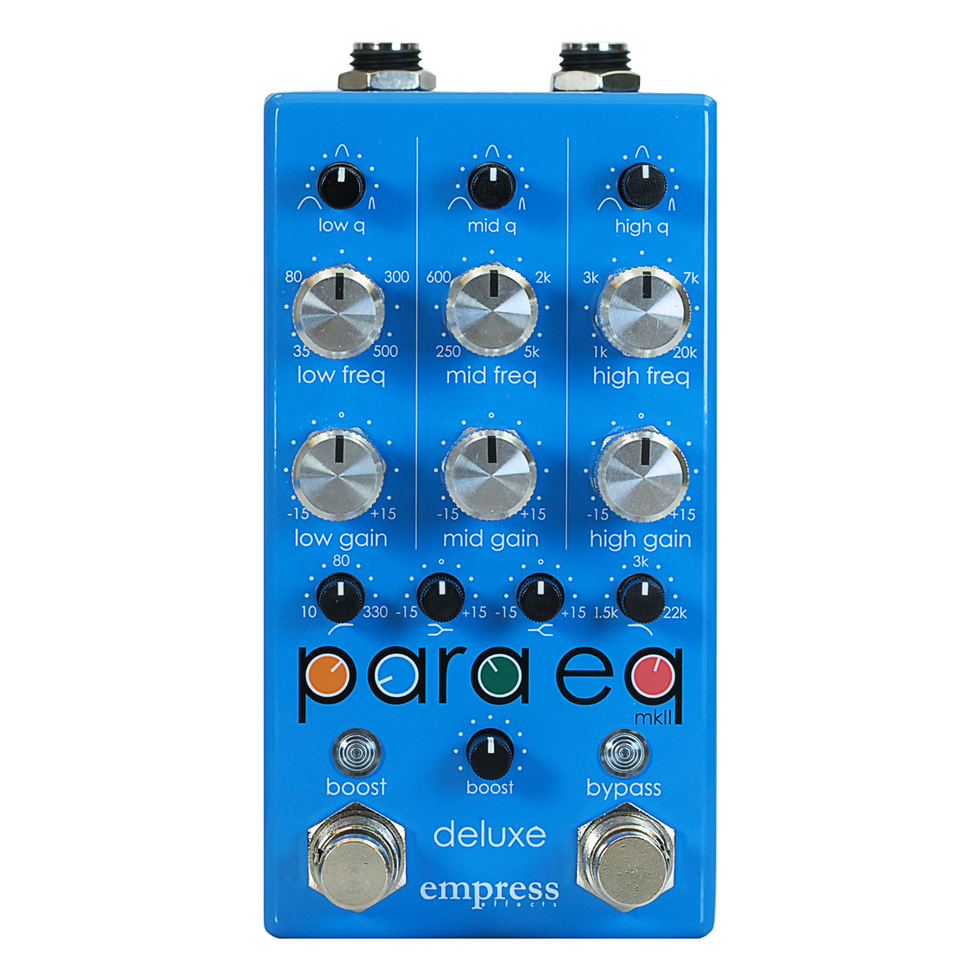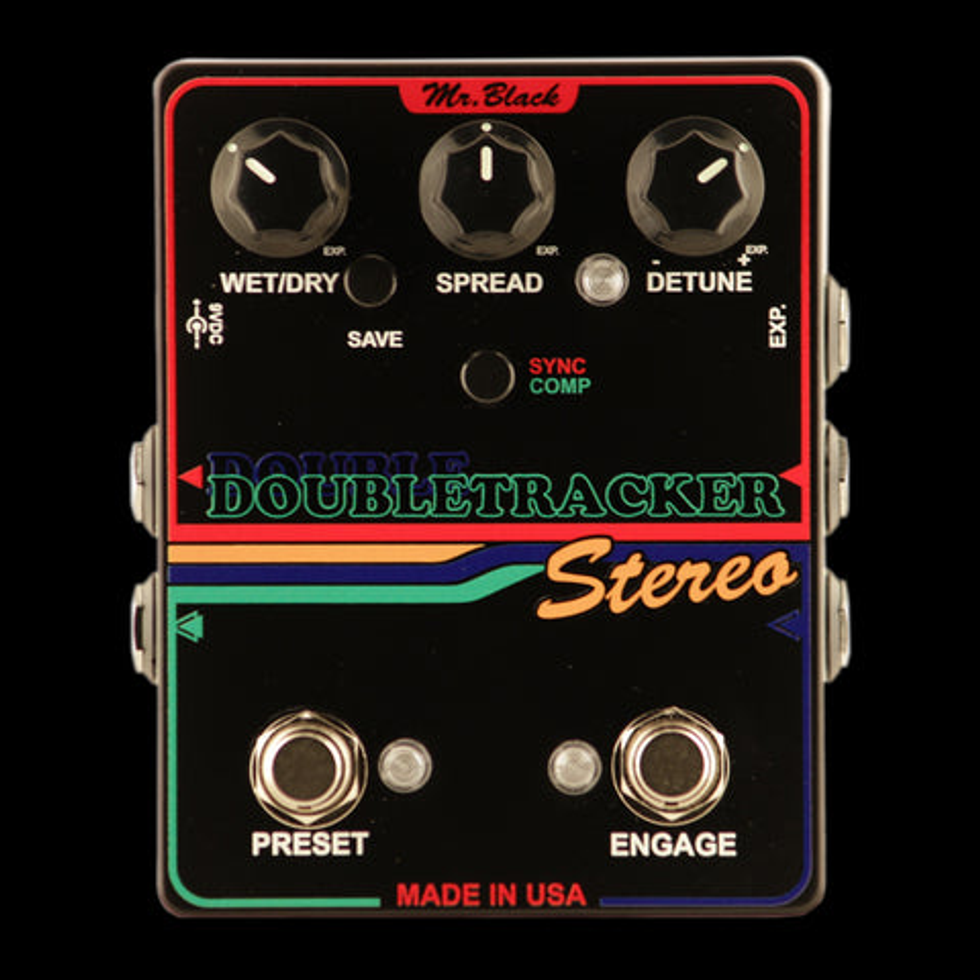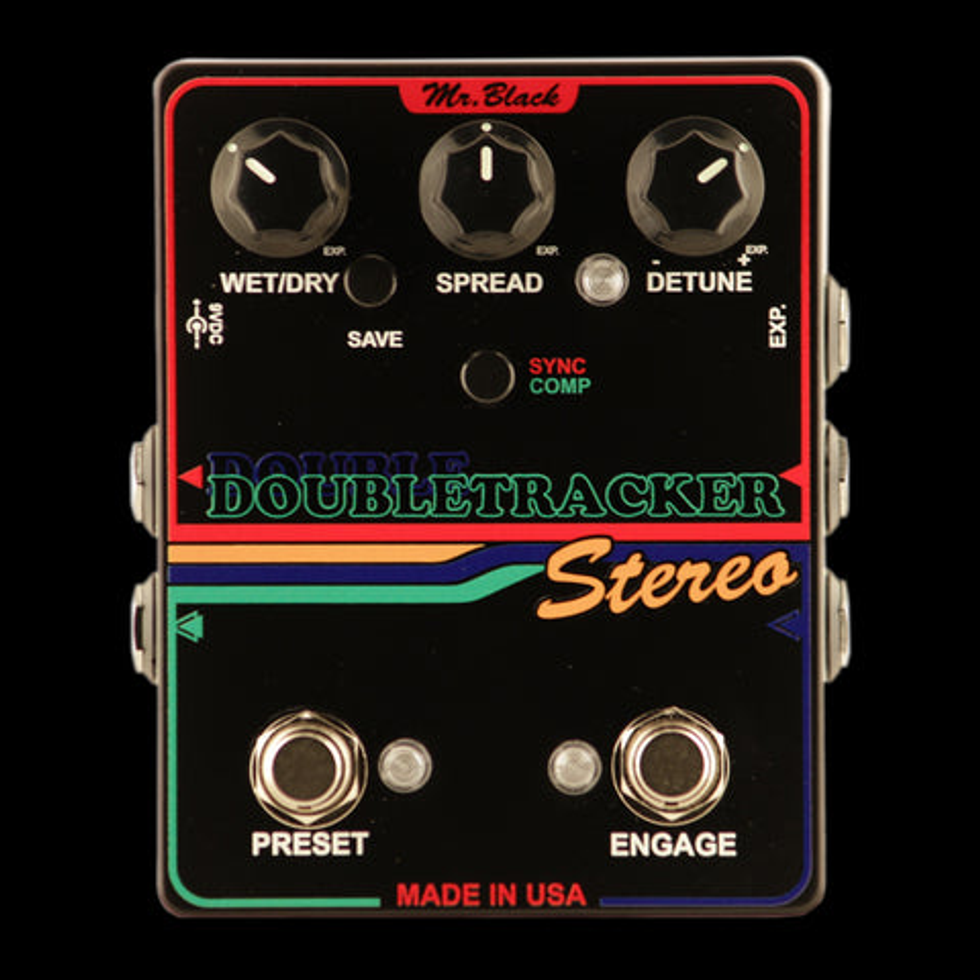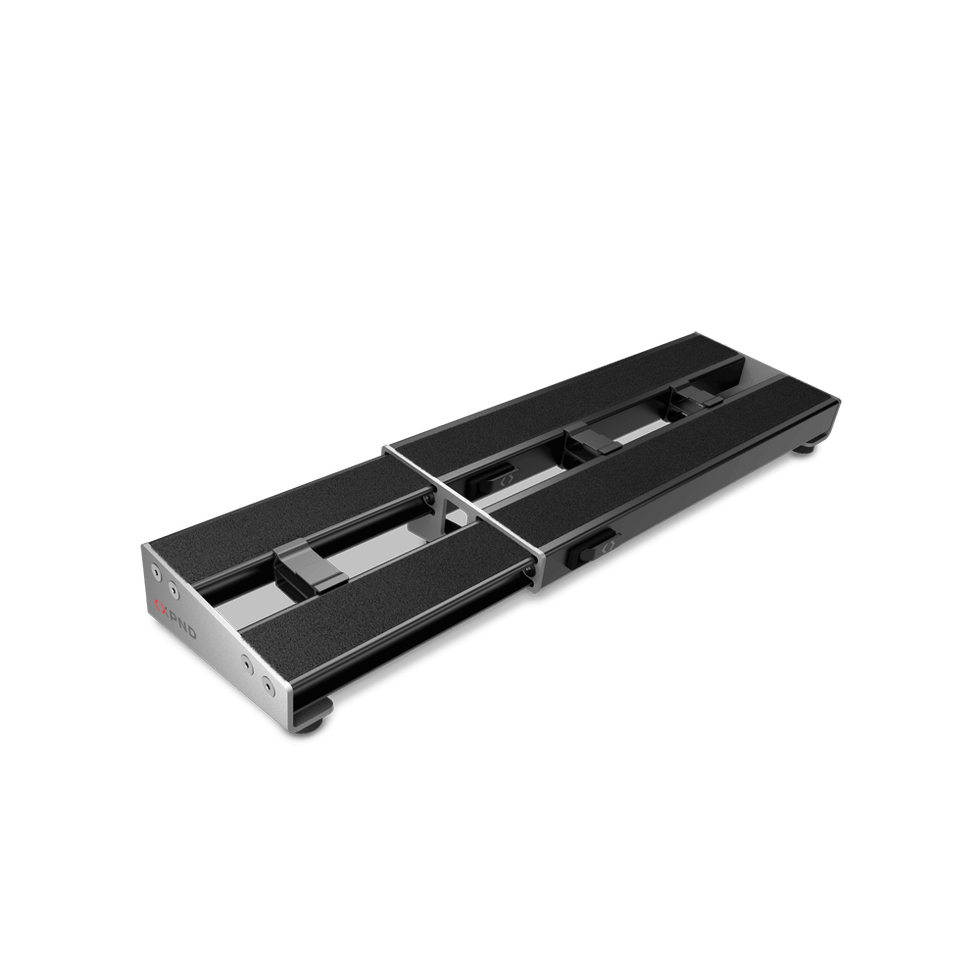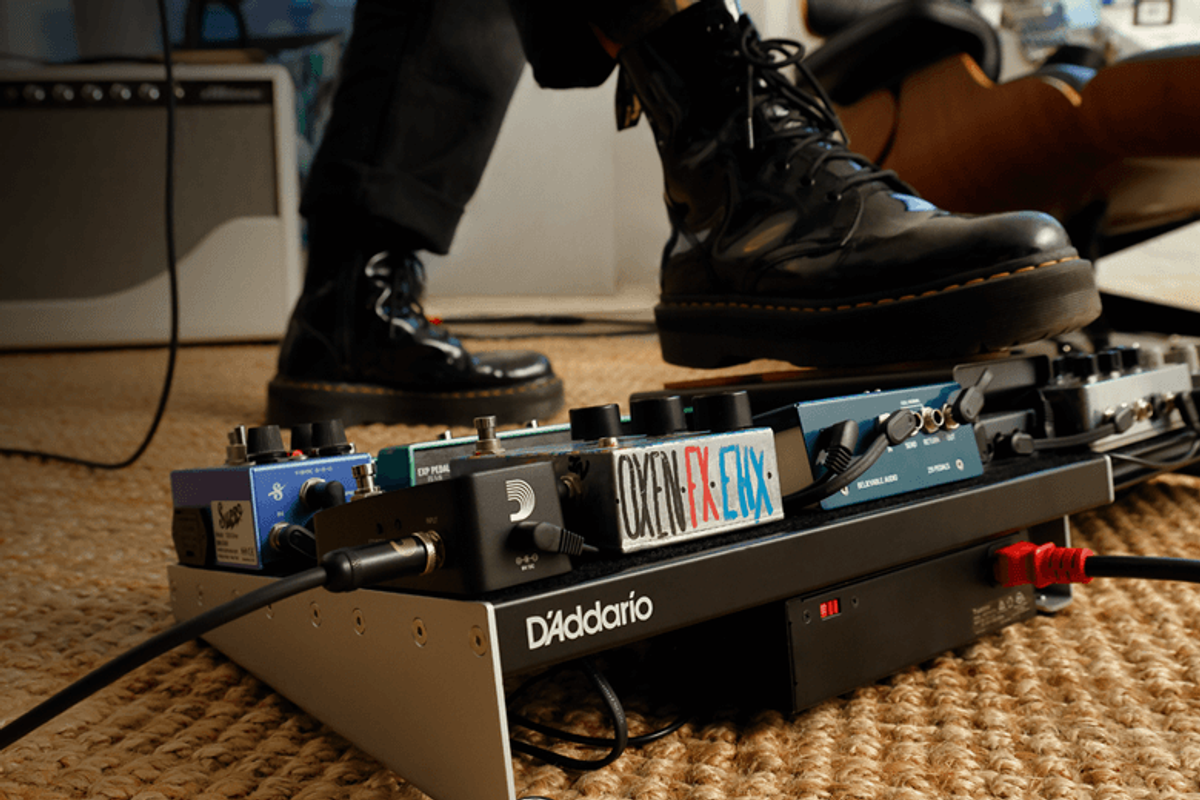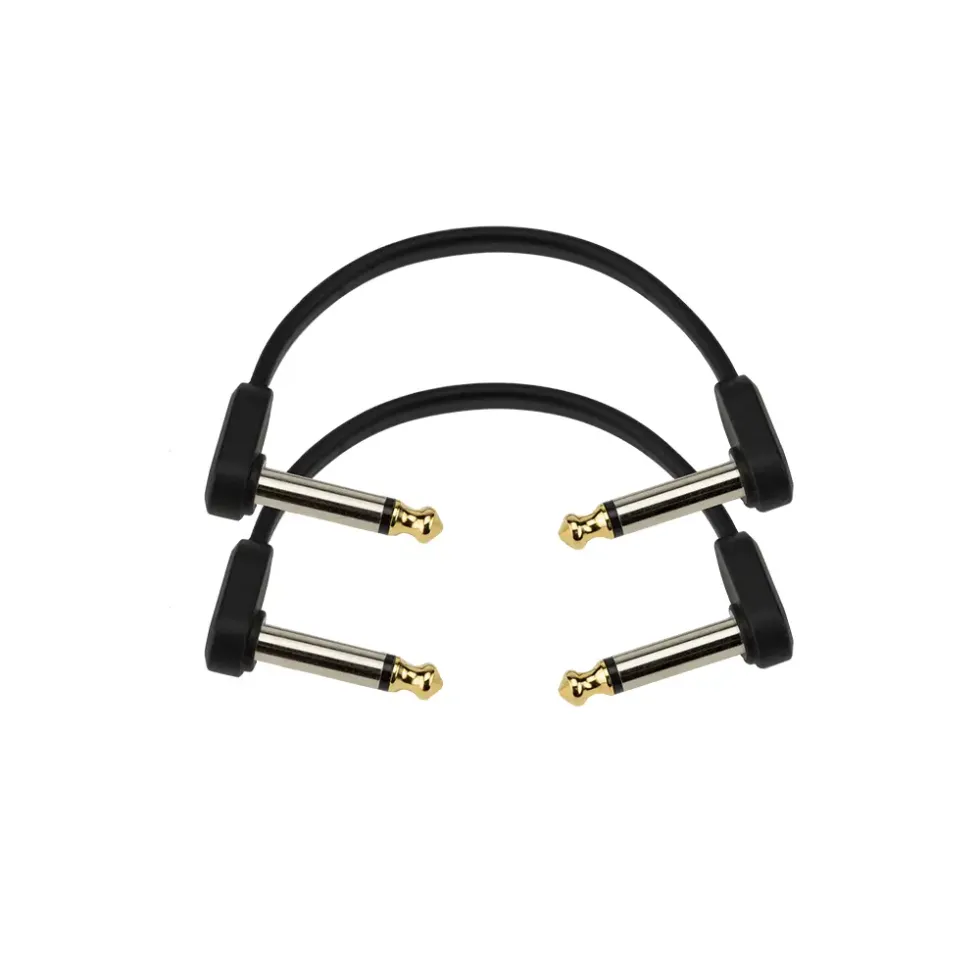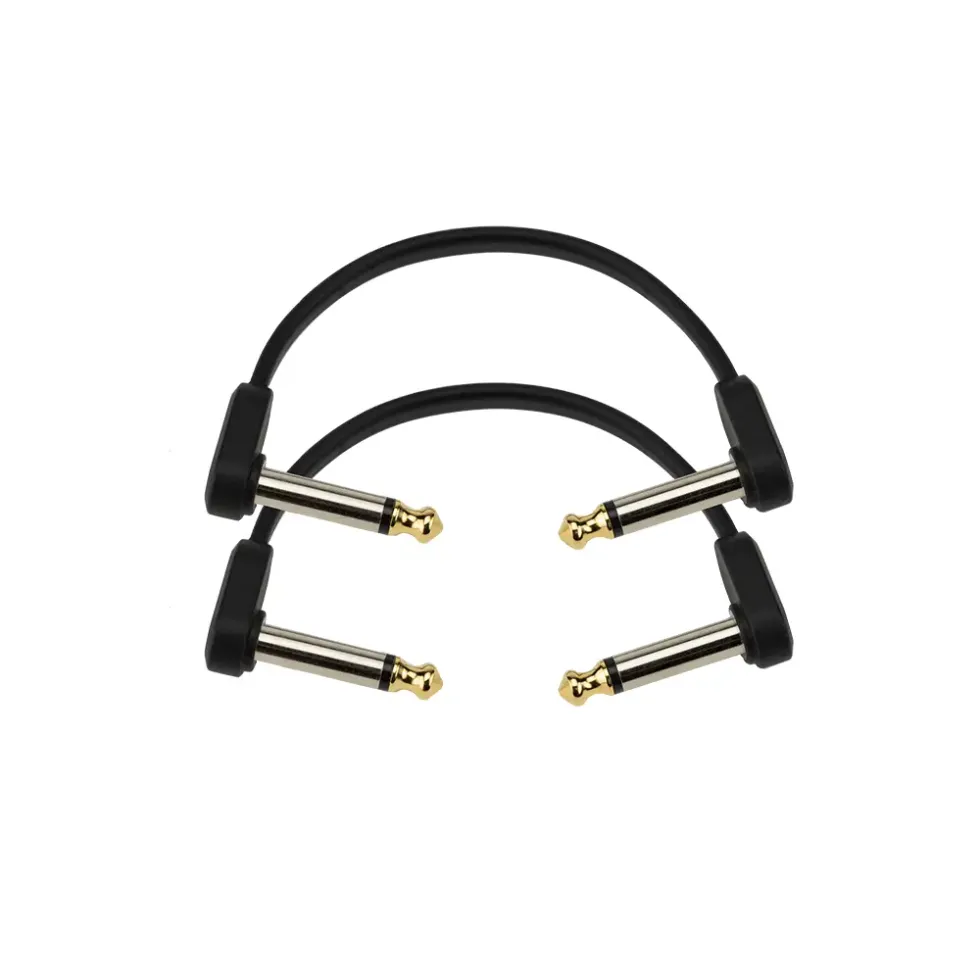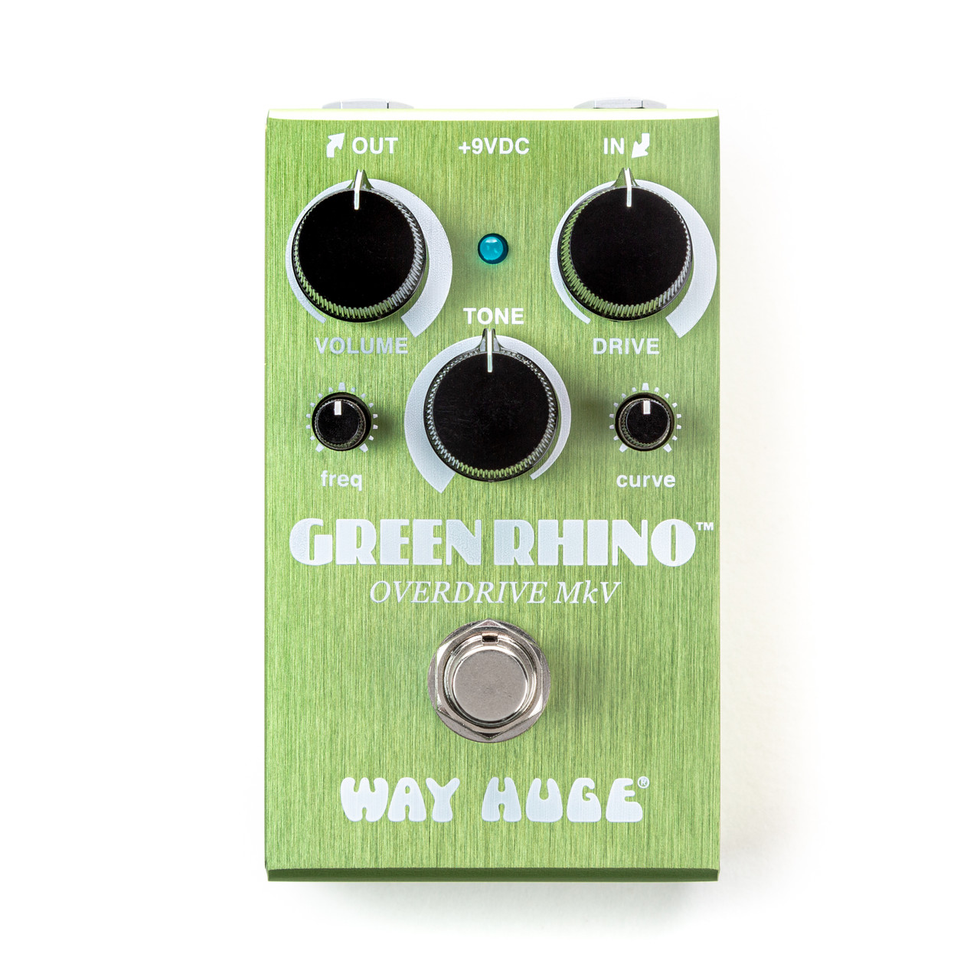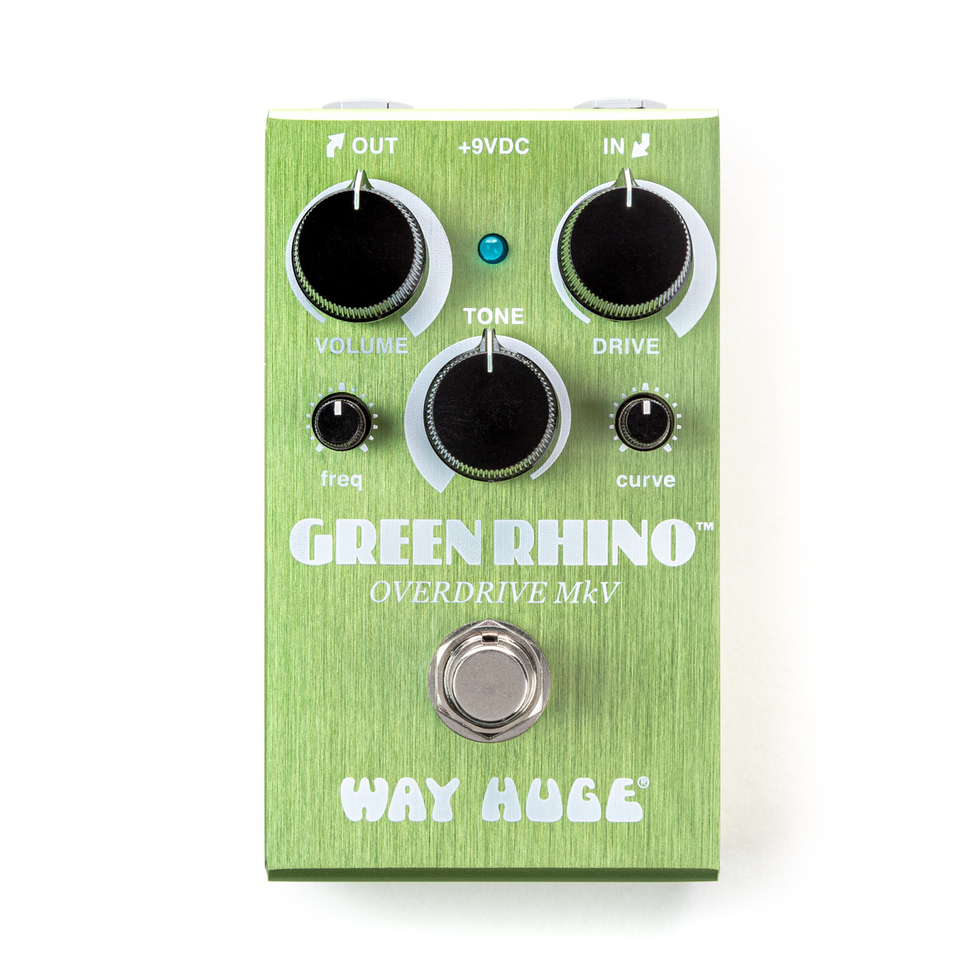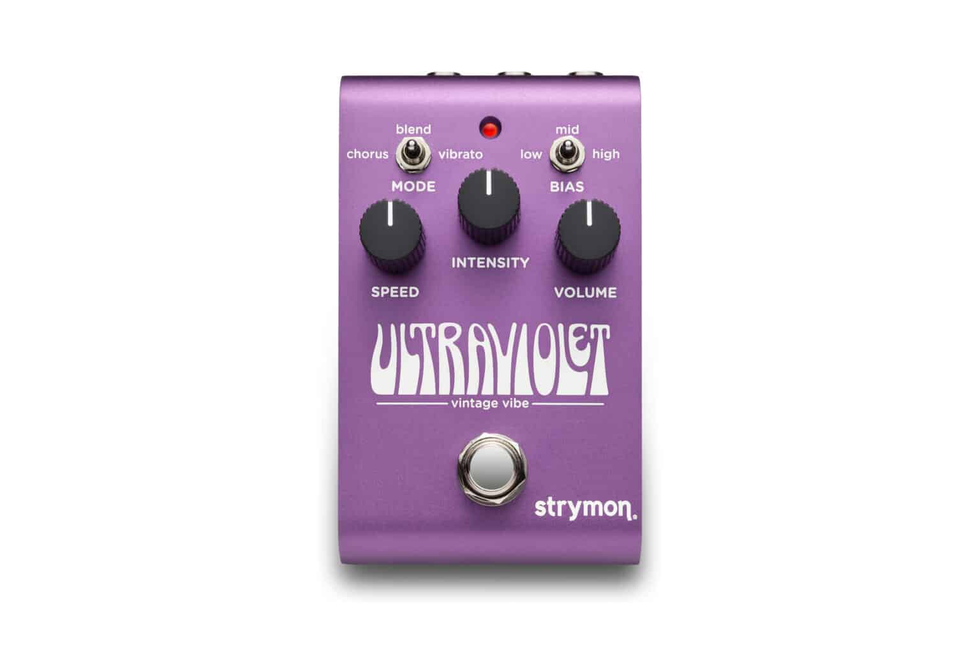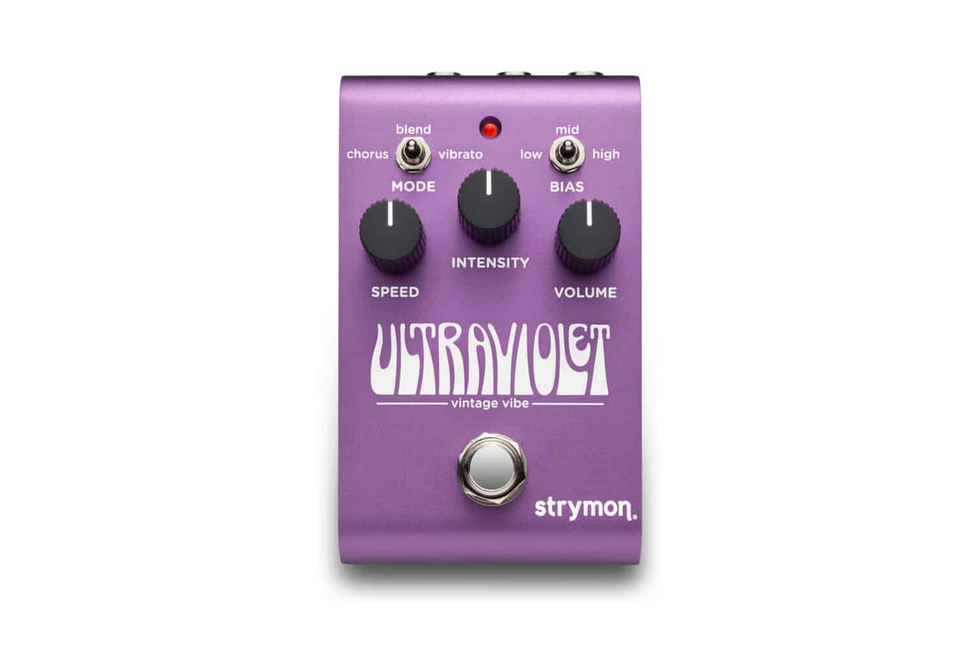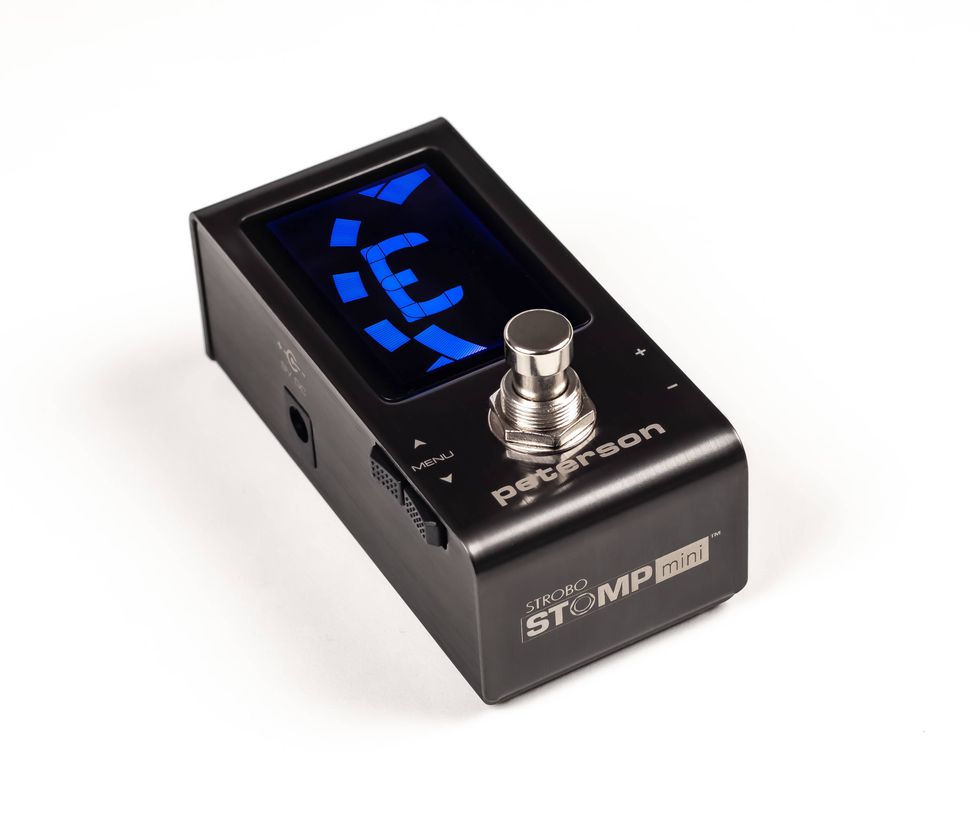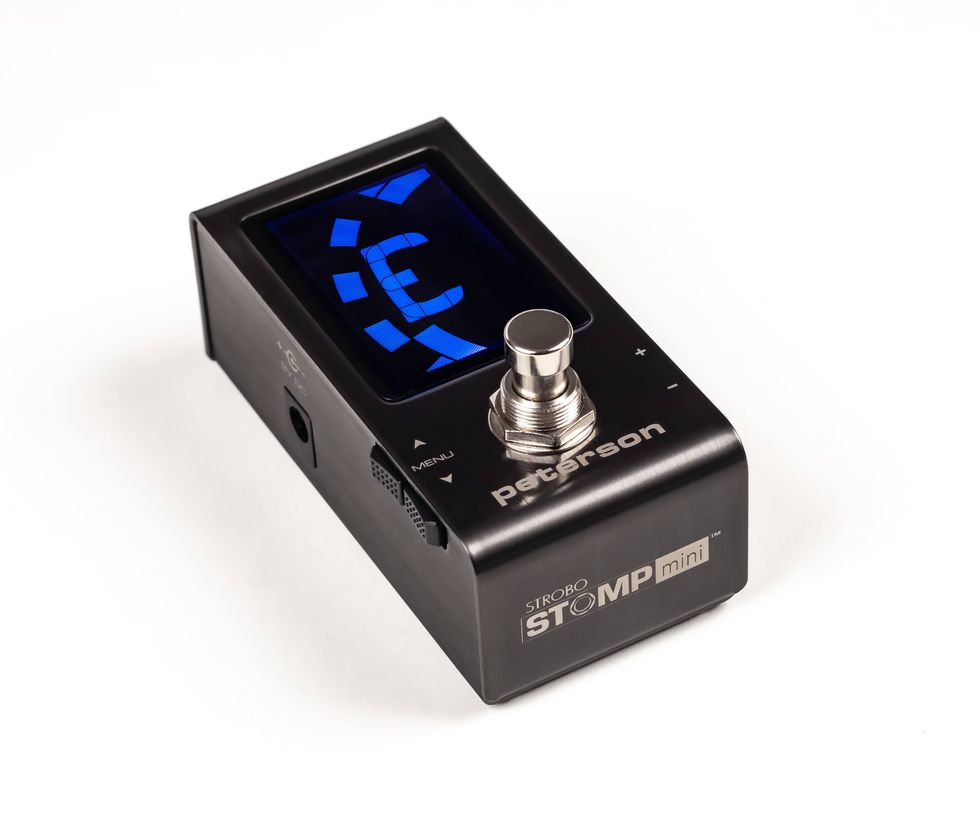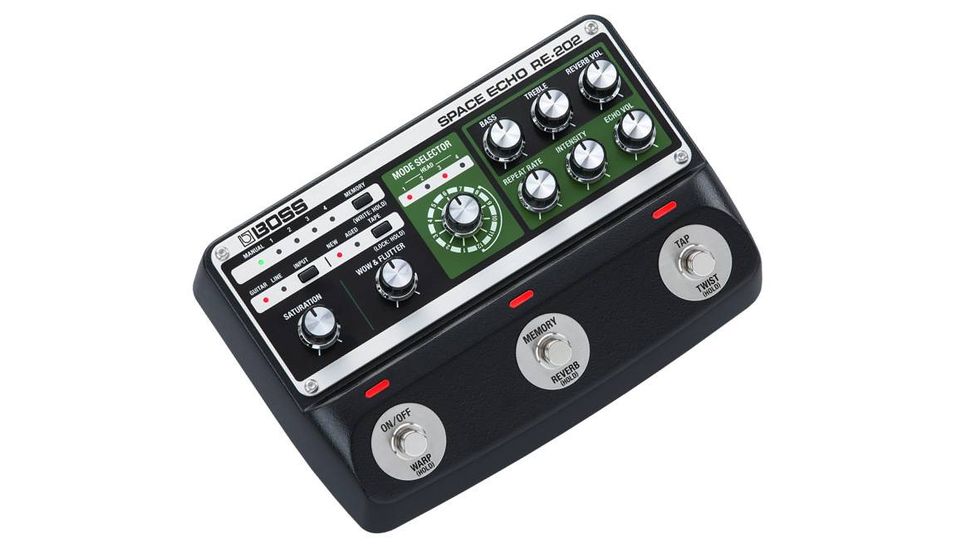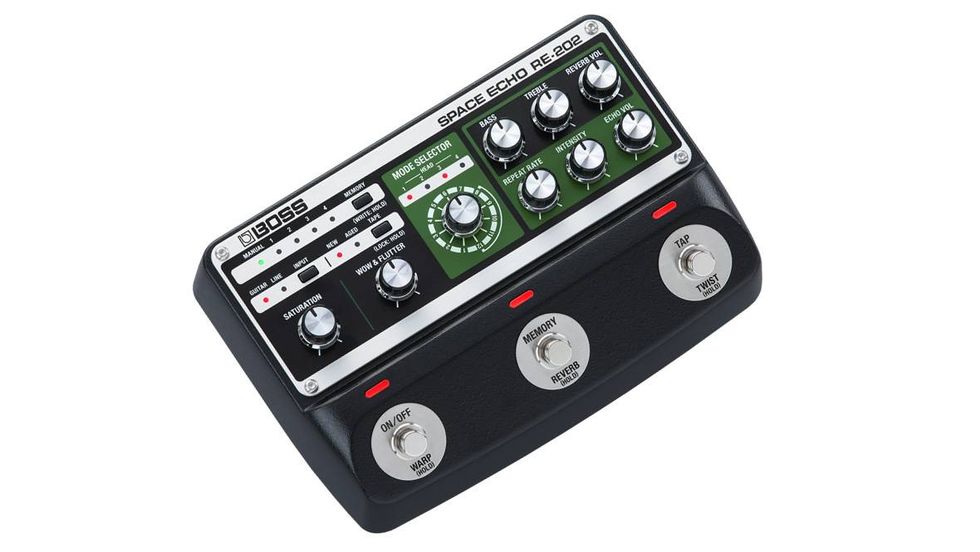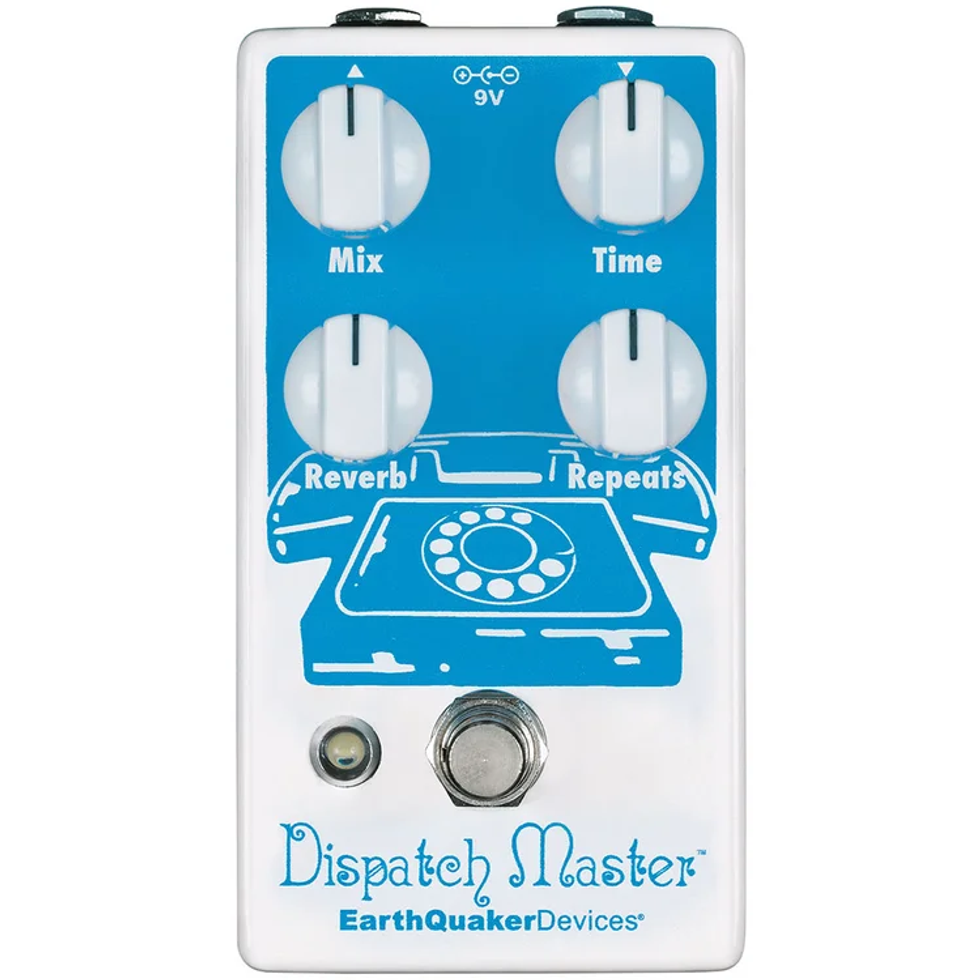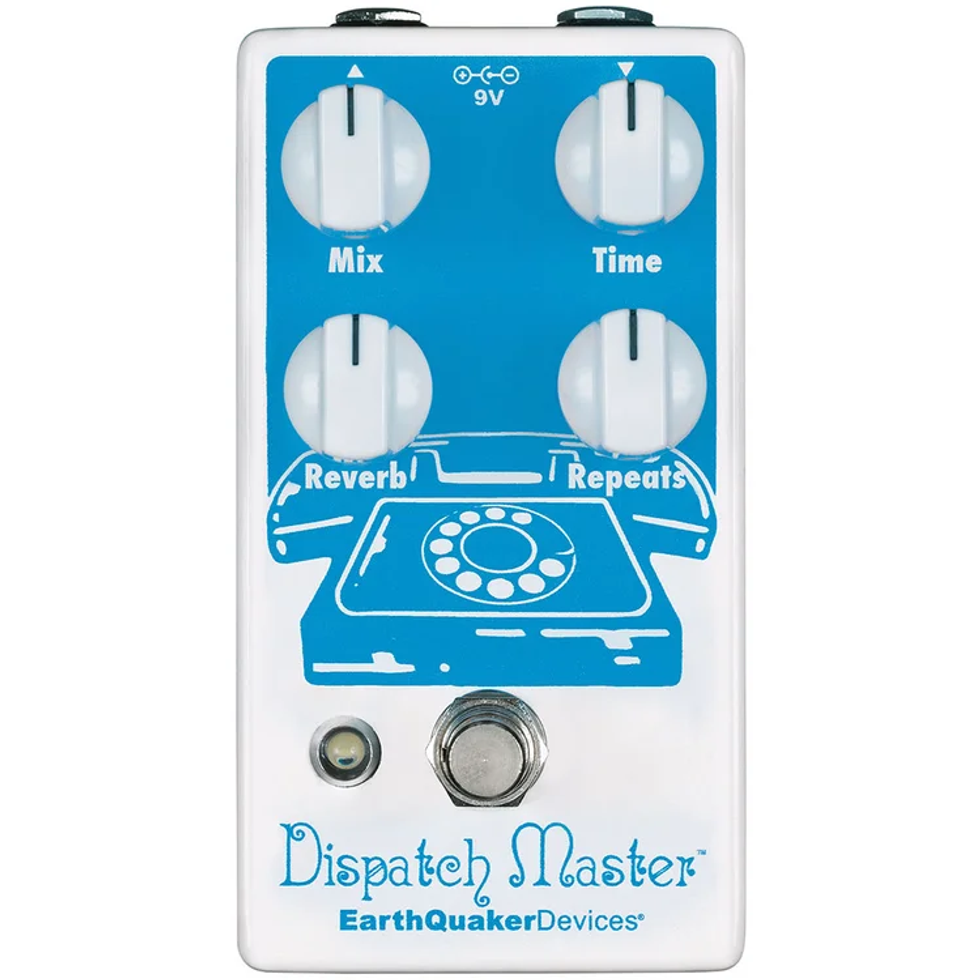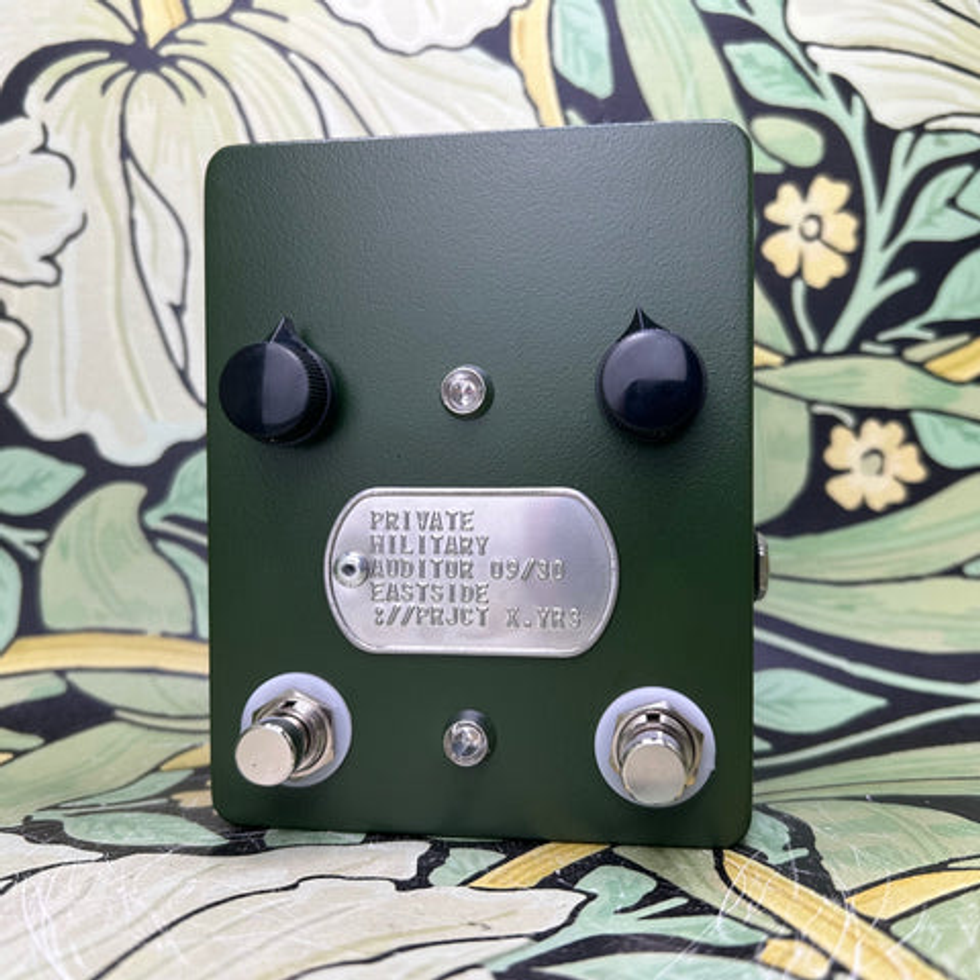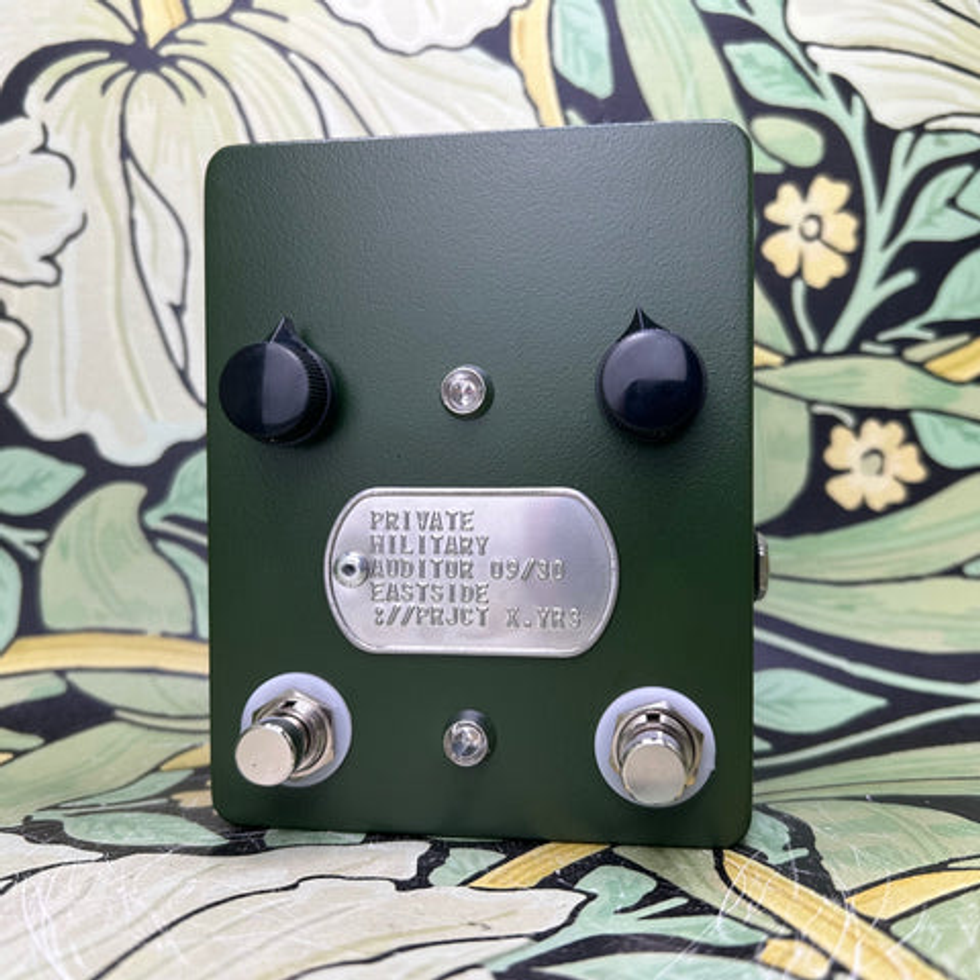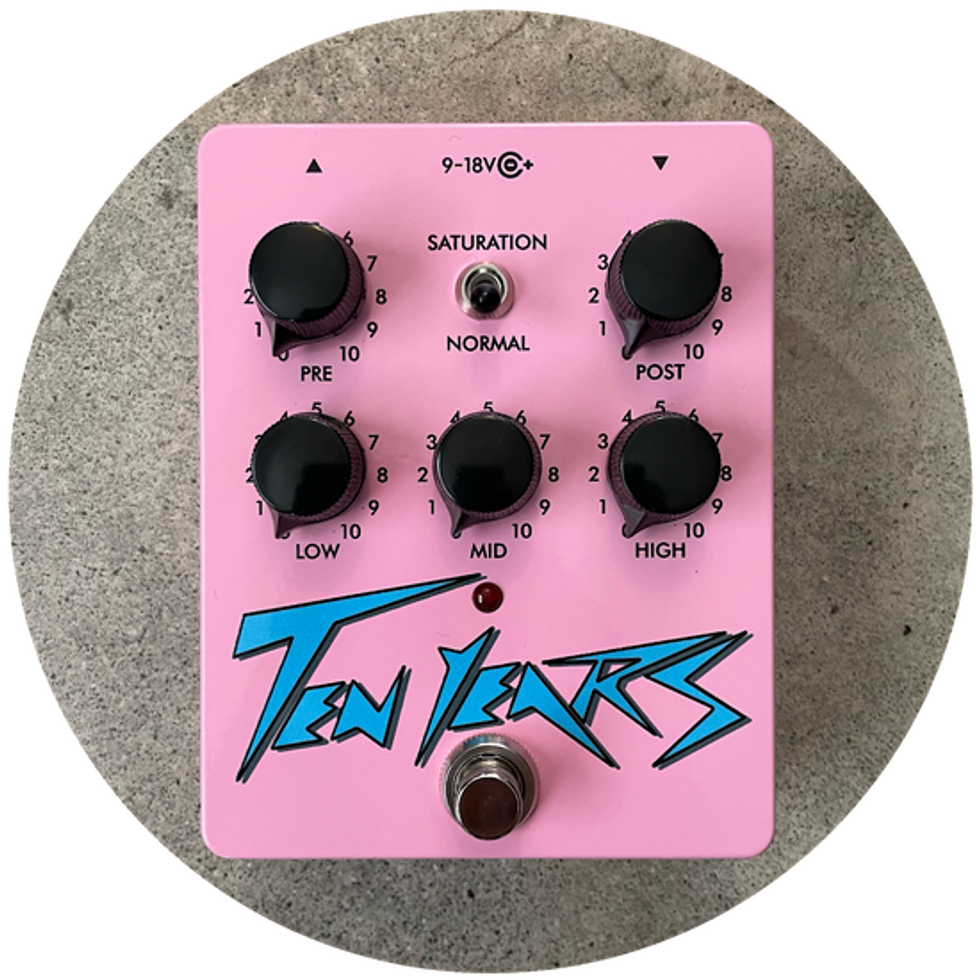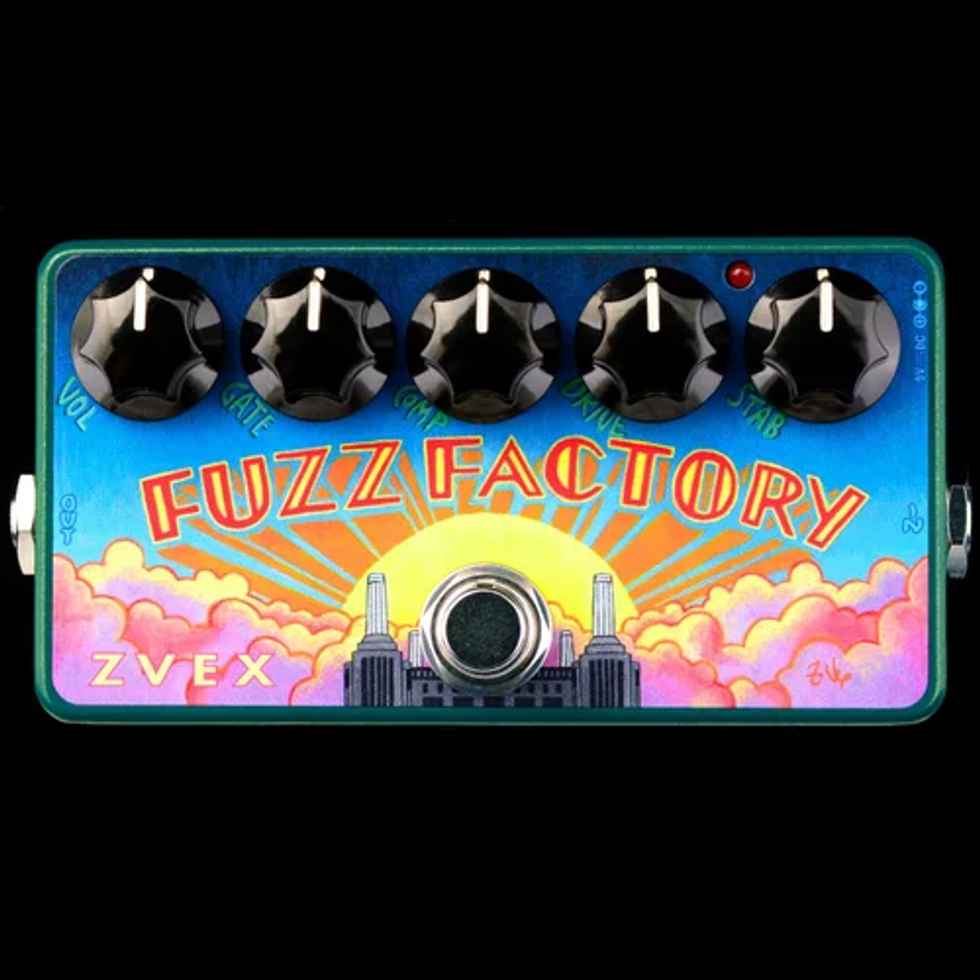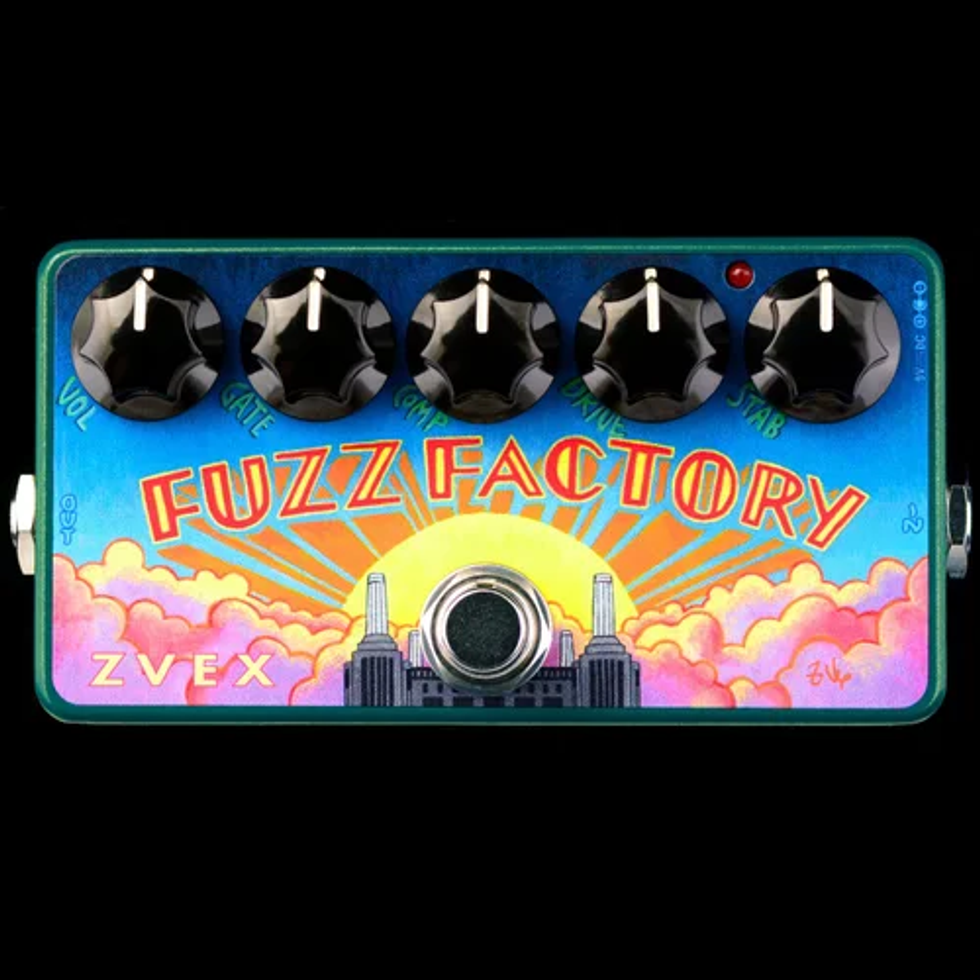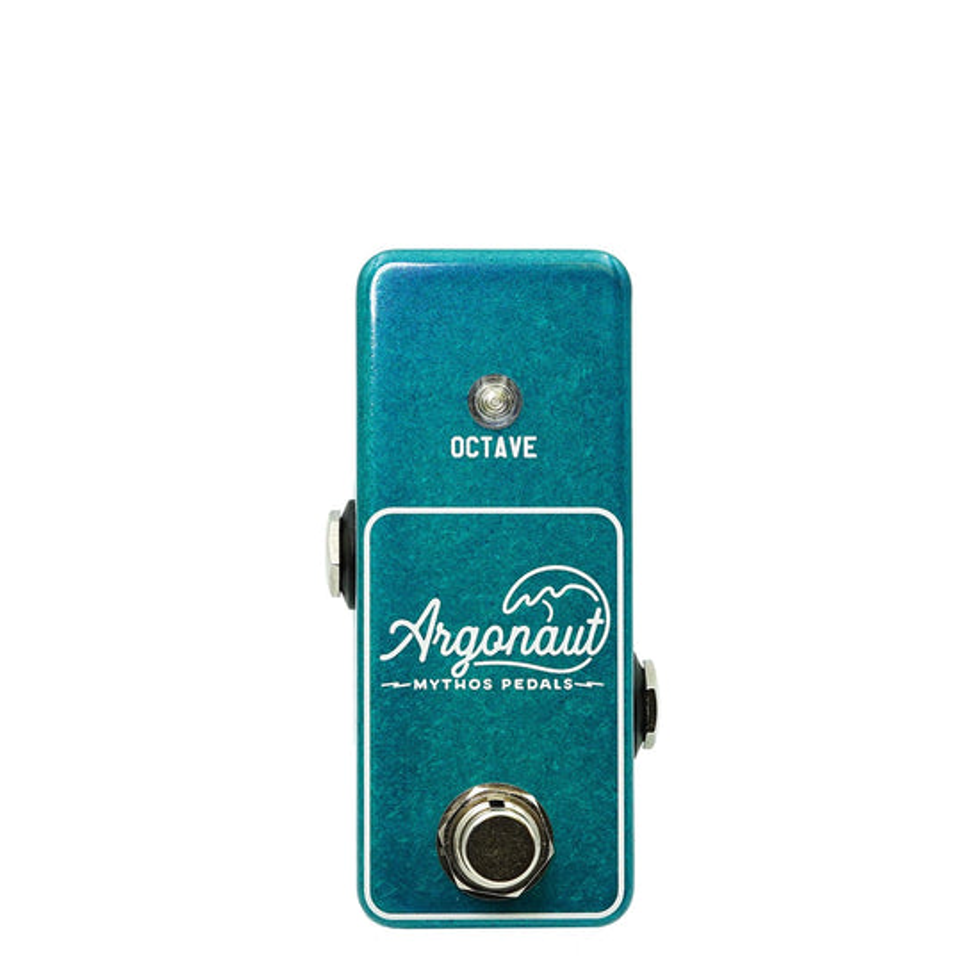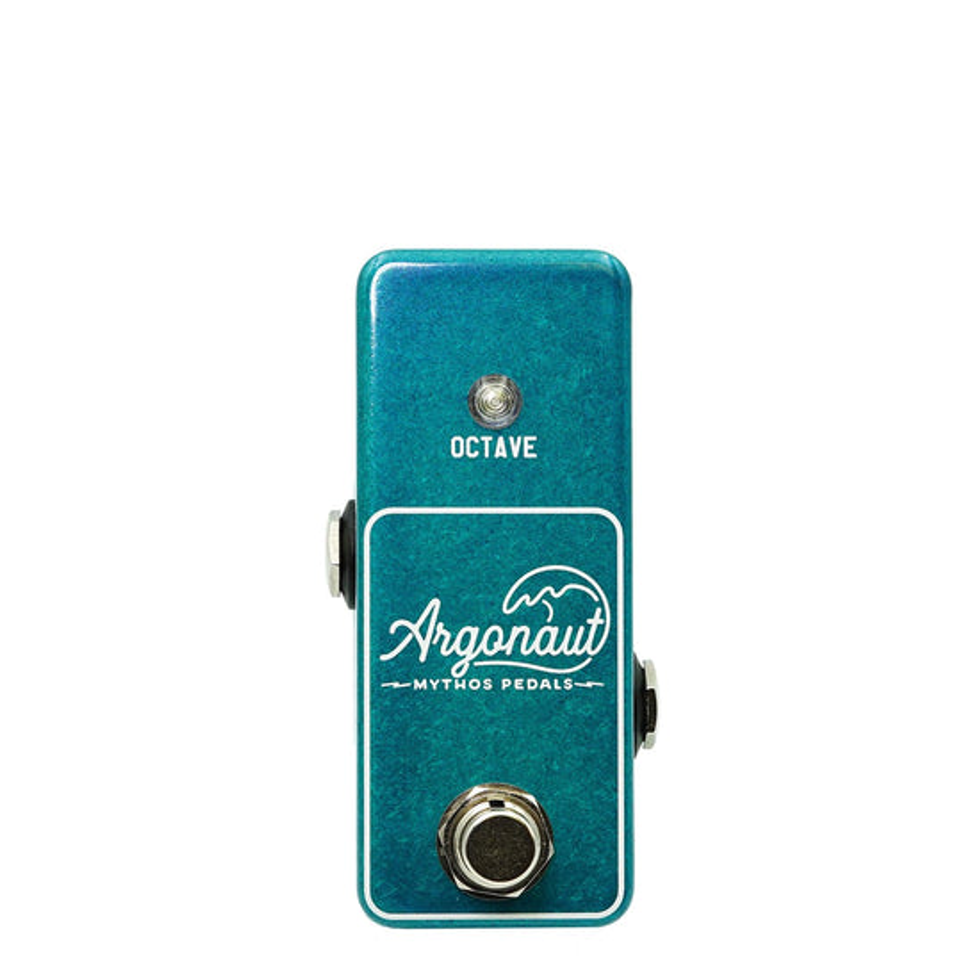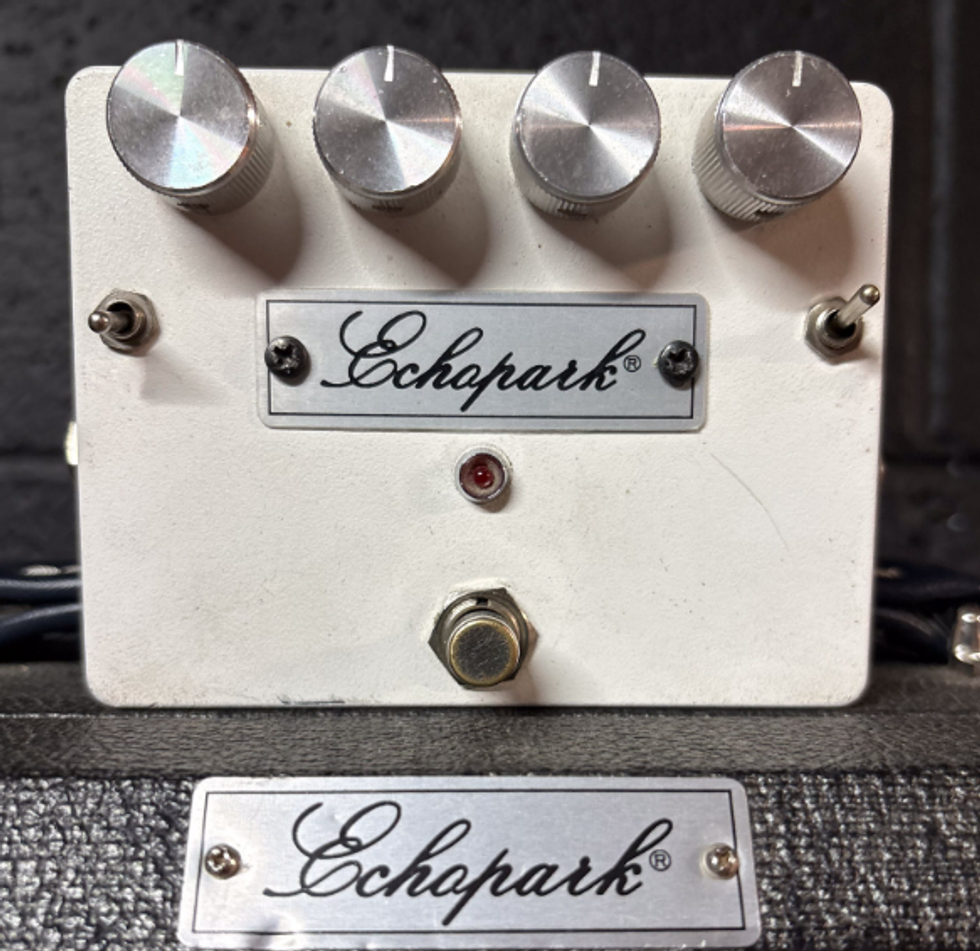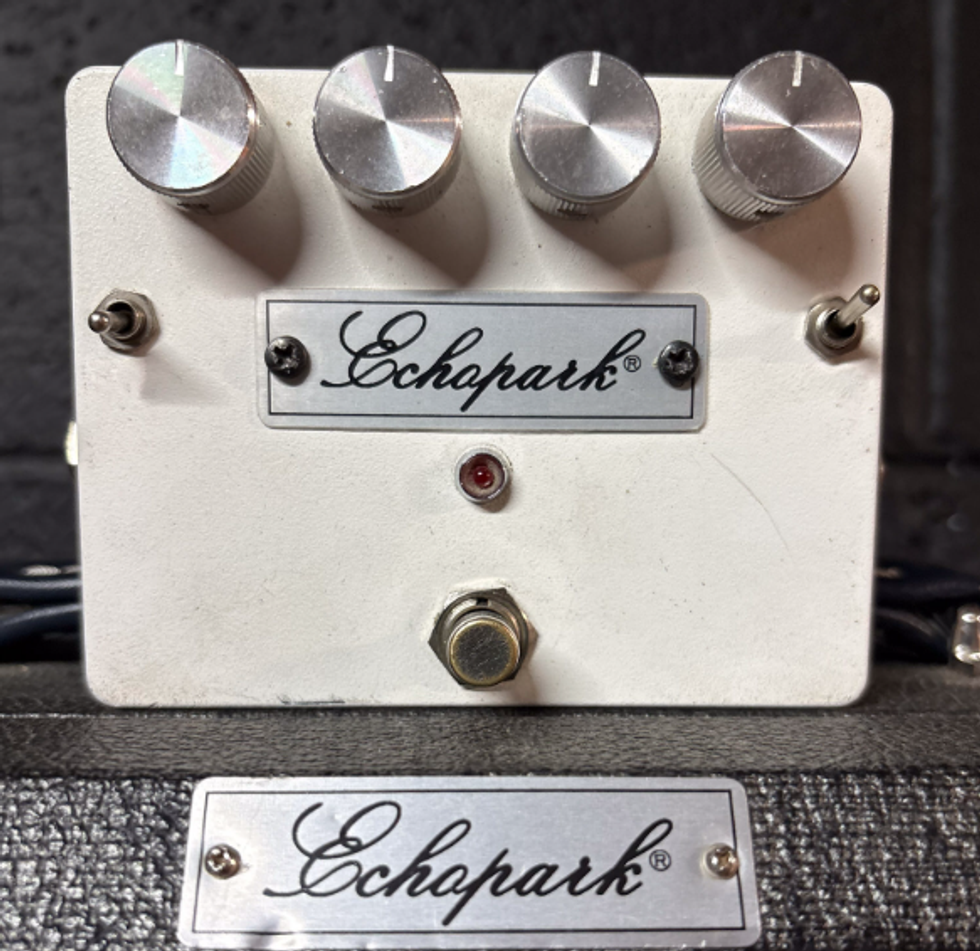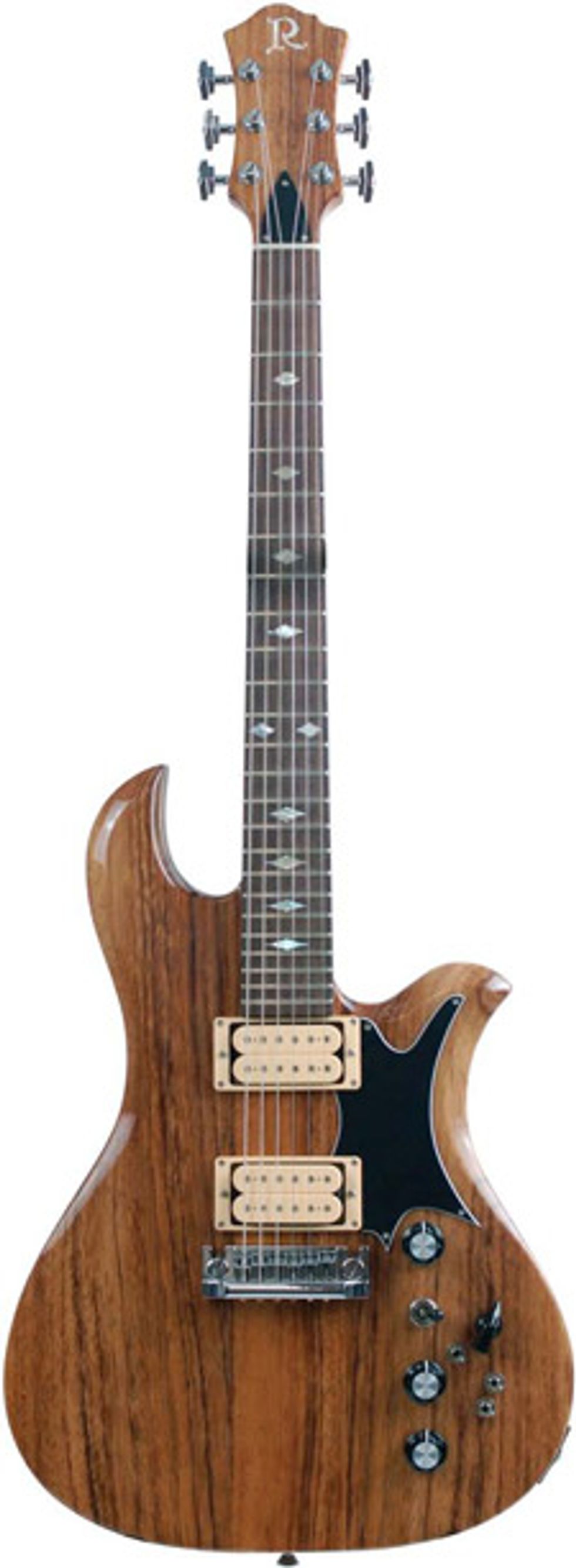 | |
| Watch Video Review: See full-size video |
It was a modest startup, with Rico spending most of his time working on acoustic and Spanish guitars, and building his own designs (these were originally branded “BC Rico” and the 300 or so that have survived are some of the most highly sought-after guitars out there). Eventually, after repairing a neck for legendary axeman Bo Diddley, Rico decided it was time to chase his dream. B.C. Rich was christened in 1967, specializing in acoustic guitars. By the time 1969 rolled around, he set his sights on electric guitars, producing some of the most unique, iconic shapes the guitar community had ever seen.
To celebrate the 40th anniversary of Rico’s influence, B.C. Rich’s handcrafted division has decided to release the four instruments featured in Rico’s earliest catalogs from the ‘70s: the Bich, Eagle, Mockingbird, and the elusive Seagull. Each instrument is limited to 40 pieces, in a tribute to the number of years the company has been producing electric guitars. They all feature beautiful, lightweight koa wood bodies, exclusive electronics, and the neck-through construction techniques that Rico pioneered decades ago.
How Does That Eagle Fly?
Compared to some of the designs that B.C. Rich has given us, the Eagle is relatively modest. The concept was originally taken from the Seagull, which has the same lower bout as the Eagle, but without the Eagle’s sharp upper cutaway (the Seagull has a rounded upper bout with a point that is affectionately referred to as a “sternum horn”). Removing it from the case, the first thing that surprised me about this Eagle was how amazingly light it is. I got the same reaction from several people, making them guess the weight before picking it up—all of them in amazement. The body’s lower edge fits comfortably on the thigh, and is very well balanced, due to the neckthrough construction.
The grain matching is impeccable. At first glance, the Eagle looks like one solid piece of wood, on all sides. Closer examination reveals that it is actually three pieces, but I really had to look hard for it. Grain matching is difficult enough on two-piece tops, but can be exceedingly hard to do when the middle piece is part of the neck itself. I like the fact that they kept the finish simple and understated, which really shows off the craftsmanship of the guitar.
Before I delve into the tonal aspects of the 40th Anniversary Eagle, I also have to mention the neck. This is flat-out one of the best feeling necks I’ve ever played, period. I’m normally a fan of fatter necks, such as a ’58 Les Paul profile, but B.C. Rich got the thin profile perfect with this one. There was no drag when running through fast, single note licks that covered several frets, and itfelt very substantial in my hand when digging into riffs. Neck feel is certainly one of the fussiest things a player can harp about, and for me, this one just had it. I wish that I could put it on my ’78 Les Paul Custom!
Plugging In
After realizing that I’d been ogling the thing for about twenty minutes without even playing a note, I eagerly plugged the Eagle into a Marshall 2555 100-watt head, which was running into a Bogner 4x12 cabinet with four Celestion Vintage 30s. The Marshall is what Slash’s signature amplifier was eventually based on (it’s the predecessor to the famed Silver Jubilee), and has a great, snappy midrange and tight low end. Sound-wise, the Eagle is not a dark-toned guitar. Lots of players equate B.C. Rich with the hardest of metal tones. While they do make some fantastic instruments for that genre, those in the know have been aware for years that they offer some incredible classic rock tones. Such is the case with this particular Eagle, equipped with DiMarzio Dual Sound pickups and an extensive switching system.
The Dual Sound pickups included on the Eagle were originally a collaborative effort between Bernie Rico and Larry DiMarzio to offer the first 4-conductor pickups. These pickups are passive, but designed to work with an active circuit preamp, which add 20dB of boost. When the preamp is activated by means of a mini-switch, the resulting boost can be controlled by the rotary gain pot (middle knob after the volume and before the tone). The preamp can also increase the gain when the Varitone is used, to compensate for the resulting cuts in frequencies with certain settings.
When set for active operation, they provided a huge boost in gain and volume through the Marshall setup I was running. While the active setting did provide a lot of great, liquidy gain tones, some amount of the detail and snap was lost. Quite frankly, it can be overpowering. I enjoyed the passive setting much more, which allowed the brighter, detailed tonal nature of the guitar to shine through. The pickups can also be switched to either series or parallel from two mini switches near the rear tone pot. I really enjoyed the sound of the neck position in parallel coupled with the bridge in series mode. It allowed for some great sounding arpeggiated intro pieces from the rear position, then some thick, raunchy riffing when quickly switching to the bridge. The last component in the circuit is the 5-way Varitone switch controlling preset tone filters, which offers changes in the sound from the subtle to extreme. I found that combining some of these settings with the active position engaged helped tame the sound, making it more controllable.
The Final Mojo
The 40th Anniversary Eagle was inspired by the renowned designs and construction techniques worked out by Bernie Rico decades ago, and it is a fitting tribute to the man who helped pioneer a movement in the industry. The solid construction, smooth fit and finish and massive array of tones are all useful and unique, but the intrinsic brightness of the guitar might turn off some players. In addition, the hefty price tag is a major deciding factor. However, if you’re in the market for the cream-of-the-crop among what B.C. Rich has to offer and you have the capital, I highly recommend that you give the 40th Anniversary series a try. Finding one might prove to be just as difficult as tracking down an original, as they made only 40 of each, so now might be the time to try and find one before they’re all gone.
Buy if...
you’re looking for the best of B.C. Rich, and have always wanted one of the original Rico-issued instruments.
Skip if...
very expensive is not on the list of things you’re looking for in a B.C. Rich, and you’d prefer a darker tone.
Rating...
MSRP $5399 - B.C. Rich Guitars - bcrich.com/handcrafted |














![Rig Rundown: AFI [2025]](https://www.premierguitar.com/media-library/youtube.jpg?id=62064741&width=1245&height=700&quality=70&coordinates=0%2C0%2C0%2C0)












 Shop Scott's Rig
Shop Scott's Rig